When was the ford motor company started
-
15
-
2025-10-30 16:20:59

Short answer: 1903. The paperwork was filed and the name “Ford Motor Company” became official on June 16, 1903 in Detroit. That’s the date historians stamp in the margin and journalists trot out in timelines. But — and there is always a “but” — the real story isn’t a neat line on a calendar. It’s a long, loud, slightly chaotic chain of experiments, failed attempts, investors, stubborn engineers, and a man who refused to quit until a machine worked the way he wanted.
If you want the date and then want to know what it actually means — why that day matters and what led to it — read on. This is the human, slightly messy version. No museum-gloss, just how it happened.
So where did this all come from?
Henry Ford built a little gasoline-powered vehicle — the Quadricycle — back in 1896. Imagine a kid in a shed, but with actual engineering chops and a fascination with engines. That quadricycle worked. It was crude, sure, but it moved. That was the spark. Then he tried to turn that spark into a business.
He failed, twice. There’s some comfort in that: the road to big things is usually paved with small failures. In 1899 he helped start the Detroit Automobile Company — it flopped. In 1901 he was involved with the Henry Ford Company, only to be pushed out. That company later reorganized and became Cadillac. Yes — Cadillac, which reads like a separate chapter in the same novel.
Through this, Ford didn’t stop. He kept tinkering, kept testing, and kept looking for partners with money. Because engines are great, but factories and parts and distribution? Those need cash.
June 16, 1903 — the paperwork day
On June 16, 1903, the Ford Motor Company was incorporated. That day the name existed on paper and the legal entity could sign leases, hire workers, and buy steel. Investors—Alexander Malcomson and others—put in capital (not a fortune by modern standards, but plenty in 1903). They rented a small factory. They started making cars.
That date matters because it marks the switch from idea-to-institution. Before that, Henry Ford had been a tinkerer and entrepreneur. After that, there was a company that could survive beyond the single man’s caprice. That’s the difference between a hobby and a future industry.
What did they make at first? (hint: not the model t)
People assume Henry Ford’s first move was the Model T. Not true. The early Fords were prototypes, experiments, and small-production cars that looked nothing like the famous black sedan that later changed the world.
The early models (Model A, then others — yes, the name “Model A” was reused later in the 1920s) were ways to show the world an electric-less, gasoline-fed machine could be practical and desirable. The goal was to make something that worked: simple, reliable, and eventually affordable.
The real pivot — the watershed — came in 1908 with the Model T. That car was designed to be cheap, robust, and easy to maintain. It wasn’t glamorous. It was useful. And people loved it, in the way people love tools that make life easier.
The assembly line and the industrial revolution, round two
Once you’ve got a working car and a company, the next problem is: how do you make them cheap enough for regular folks? That’s where process beats invention. Enter the assembly line.
Ford didn’t invent mass production — but he rethought it for cars. Around 1913–1914, at Highland Park, Michigan, Ford introduced moving assembly line techniques that changed per-car labor time dramatically. The math was simple: faster production, lower cost, more cars sold. Simple, but revolutionary in practice.
And then he did something even more provocative: the Five-Dollar Day in 1914. He doubled typical pay for his workers. Why? Partly to reduce turnover and partly because workers who earned enough could afford the cars they were building. Cheap labor and low pay are classic industrial tactics; Ford flipped that script. The headlines loved it. Workers loved it (mostly). Competitors hated it (mostly).
Those moves—assembly line plus higher pay—are why Ford didn’t just make cars. Ford remade an industrial model.
Not a single-man show (people matter)
It’s easy to tell the story like a one-man movie — Henry Ford staring at a welding torch, then powering a nation. But no. Companies are messy, collaborative, political organisms.
Early backers and partners mattered: Alexander Y. Malcomson, John S. Gray, and later figures like the Dodge brothers (who supplied parts and later struck out on their own) were vital. Engineers, machinists, and a small army of anonymous workers did the daily work.
And yes, Henry Ford’s personality is central. He was stubborn, brilliant about engineering detail, and also autocratic. He could be visionary and awful in equal measure. History remembers all of it.
The darker corners (because history isn’t applause)
We should say it plainly: Ford’s legacy is complicated. He pioneered industry and changed how we live, but he also did things worth criticizing.
He held paternalistic views about workers (the company’s Sociological Department monitored employees’ lives), and he distributed anti-Semitic material in his later years — a stain that historian and critics rightly dig into. Labor relations at times were rough. And mass motorization created urban sprawl, pollution, and cultural shifts whose effects are still being debated.
So if you’re looking for a tidy “hero” story — don’t. It’s a human story, which means both innovations and failures.
Timeline — the quick hits (for the impatient)
● 1896 — Henry Ford’s Quadricycle. The first real machine that moved under its own power.
● 1899 — Detroit Automobile Company (Ford’s early venture) — failure.
● 1901 — Henry Ford Company — reorganized into Cadillac after Ford’s departure.
● June 16, 1903 — Ford Motor Company incorporated (the official start).
● 1908 — Model T introduced. The car that made the company a household name.
● 1913–1914 — moving assembly line introduced; Five-Dollar Day announced in 1914.
● 1920s onward — Ford grows global, becomes a symbol of American industrial might.
Why june 16 matters (again, but with context)
That date is the day Ford changed from “idea” into “entity.” A legal company can buy, sell, hire, borrow, and scale. That’s what allows the technical innovation to turn into social and economic transformation.
It also anchors us. Corporate origins are often fuzzy. People tinker for years before anyone thinks to write the articles of incorporation. That paper matters. It also makes a good anniversary for marketing teams.
So who “started” ford?
If you need an elevator answer: Henry Ford is the face, but not the whole story. He started the path. He built the engine and had the idea. His name is on the company and history will always attach him to it. But the company was started with money, partners, engineers, and a team. And a few failures before success. That’s the way big things usually happen — not in a single eureka moment but in a messy series of near-misses and small wins.
-
Oil Pump JR-B18-1 16700-K20-903 For Z00MER

-
Oil Pump JR-B18 16700-KVG-41 For AIR BLADE
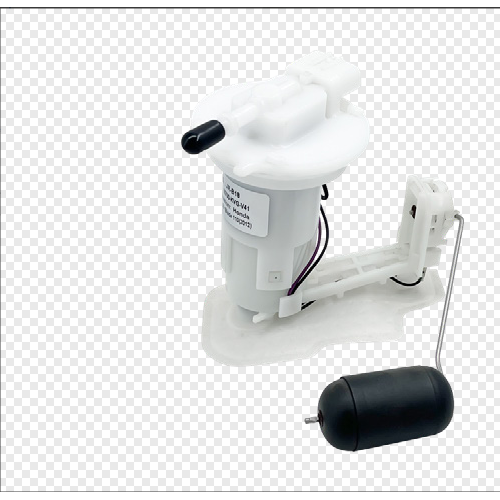
-
Oil Pump JR-B113 16700-HR3-A21 For Fou rTrax Rancher
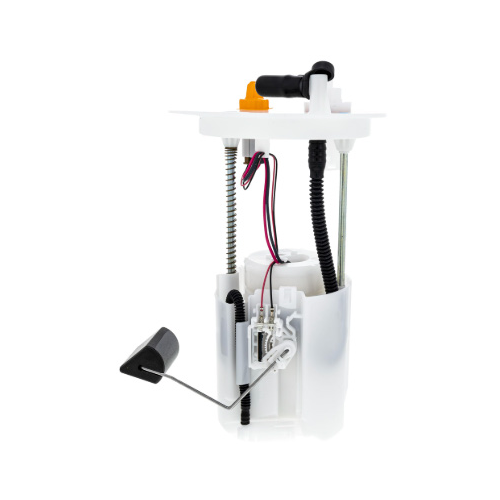
-
Oil Pump JR-B112-1 275500734 For GT1 130/155 2011-2012
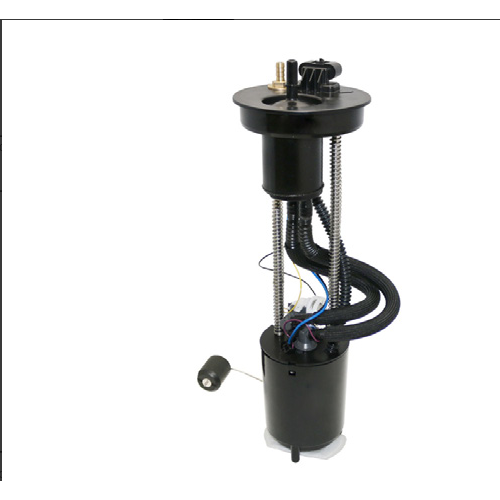
-
Oil Pump JR-B112 47-1027 For MAVERICKX
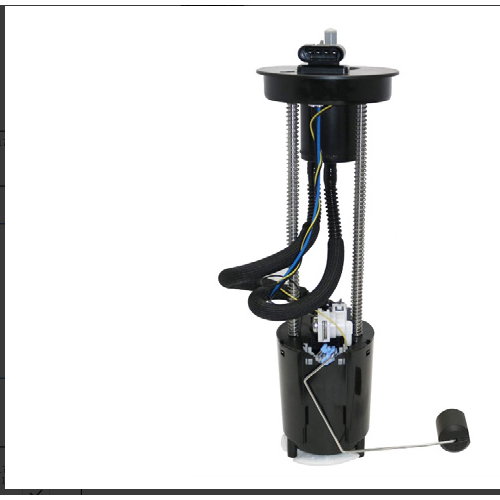
-
Oil Pump JR-B110 47-1050 For OUTLANDER
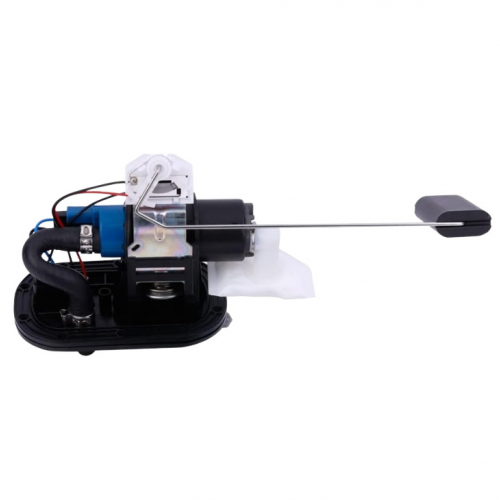
-
Oil Pump JR-B109 709000758 For OUTLANDER
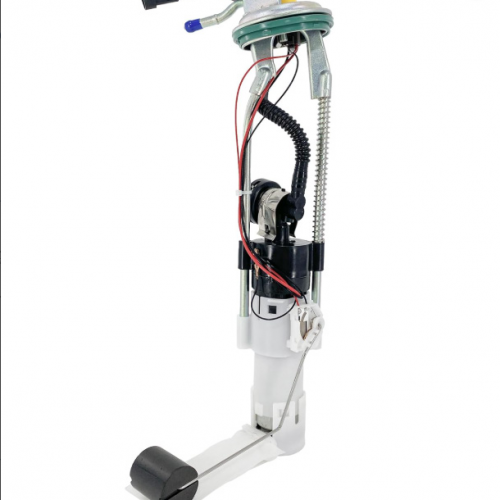
-
Oil Pump JR-B108-1 2204308 For SPORTSMAN
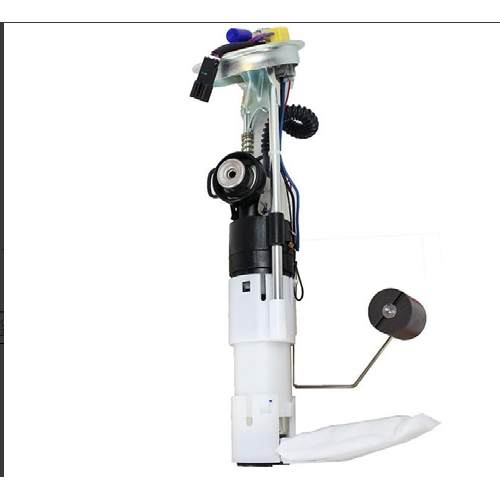
-
Oil Pump JR-B108 47-1014 For SPORTSMAN
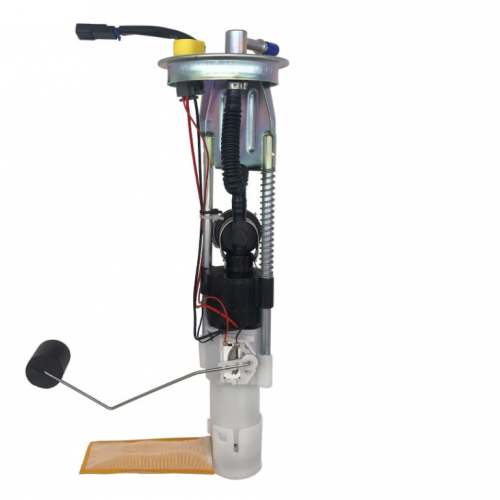
-
Oil Pump JR-B98-1 47-1012 For RANGER






